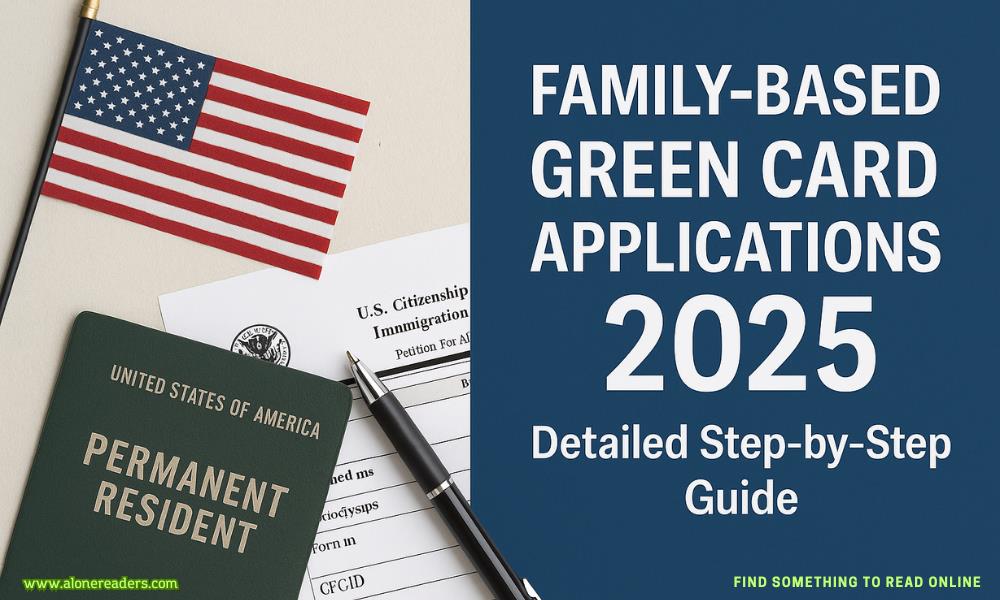
The family-based Green Card remains one of the most common legal pathways for foreign nationals to gain lawful permanent residency in the United States. In 2025, while the core legal framework remains rooted in the Immigration and Nationality Act, certain procedural changes, updated USCIS timelines, and visa bulletin dynamics require close attention. This article walks through the exact, detailed process for applying for a family-based Green Card in 2025, structured by relationship type, application pathway (Adjustment of Status vs. Consular Processing), and stage-specific best practices.
Immediate Relatives vs. Family Preference Categories
U.S. immigration law separates family-based immigrant visa applicants into two broad categories:
Preference categories are subject to numerical caps and dependent on the monthly Visa Bulletin issued by the Department of State.
What It Is
Form I-130 establishes the qualifying family relationship between the petitioner (U.S. citizen or Green Card holder) and the beneficiary (the foreign relative).
Who Files It
Required Documents
Where to File
Paper filings go to designated USCIS lockboxes based on the petitioner’s location. Online I-130 submission is available for U.S. citizens filing for spouses, parents, and children.
Processing Time (2025)
Understanding the Visa Bulletin
Each I-130 petition gets a priority date (the date USCIS receives the petition). The Department of State's Visa Bulletin publishes cutoff dates monthly. You must monitor the bulletin to know when you can move to the next step (Form I-485 or DS-260).
Immediate Relatives don’t have to wait—there is no priority date restriction.
Eligibility
Only possible if:
Steps
Filing Fees (2025)
Interview & Biometrics
Processing Time
Typically 8–14 months for most categories
What Happens
Once the I-130 is approved and a visa is available (if needed), USCIS transfers the case to the National Visa Center (NVC), which handles documentation before forwarding to a U.S. embassy or consulate.
Key Forms and Steps
Medical Exam and Interview
Visa Issuance and Entry
What to Expect After Approval
Temporary Evidence
USCIS provides I-551 stamp (temporary proof) if needed before Green Card arrives
Who Must File
Every family-based immigrant must have a sponsor (usually the petitioner) who can show income at least 125% of the federal poverty level.
Supporting Documents
Joint Sponsors
Allowed if the petitioner’s income is insufficient. The joint sponsor must meet income requirements independently.
Conditional (2-Year) Green Card
Permanent (10-Year) Green Card
Granted to all others, or to spouses married for 2+ years
Incorrect or Missing Documents
USCIS rejections often stem from missing translations, incomplete forms, or unsigned documents
Inadmissibility Factors
Unlawful presence, prior immigration violations, or criminal records can delay or bar approval
Fake or Weak Evidence of Relationship
Especially in spousal cases, USCIS expects joint financial records, photos, and detailed affidavits
| Relationship Type | Average Processing Time |
|---|---|
| Spouse of U.S. Citizen (AOS) | 8–14 months |
| Spouse via Consular Processing | 10–16 months |
| F2A Category (LPR spouse) | 1–2 years |
| Siblings (F4) | 10–15+ years |
| Married Children (F3) | 8–12 years |